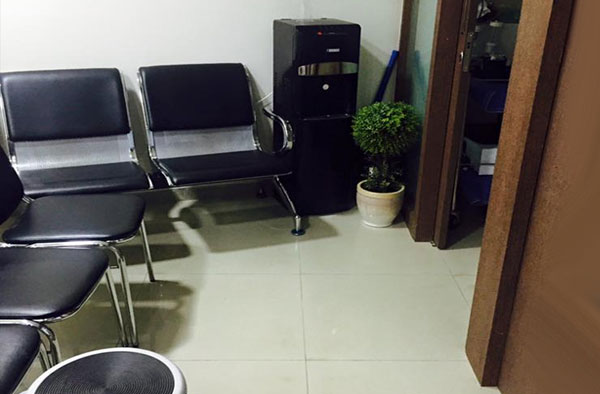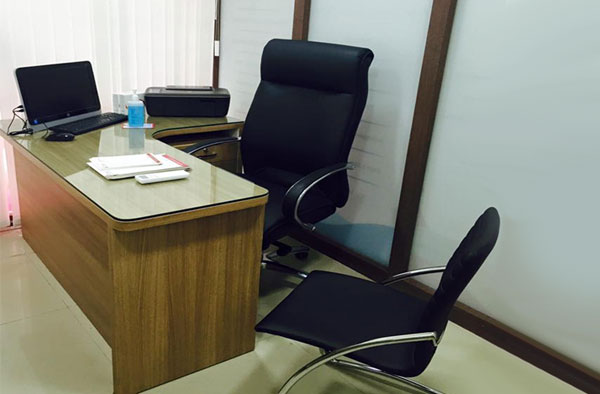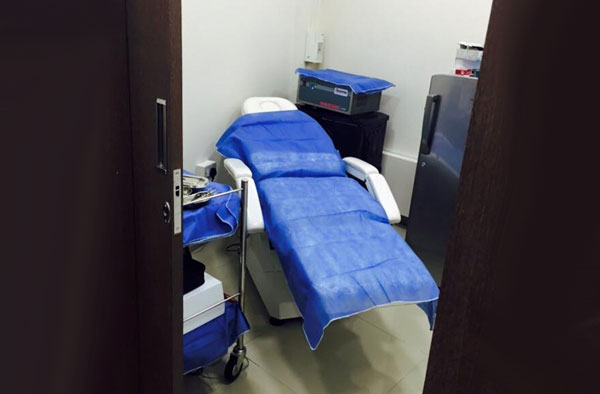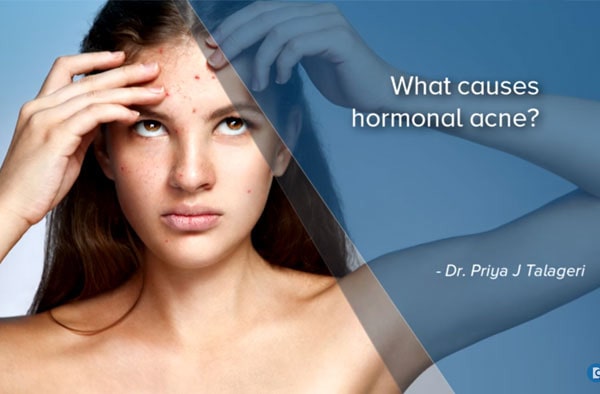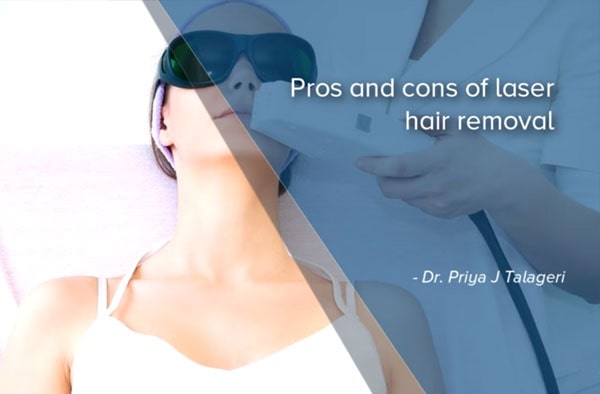Keloid Scar Treatment
What is Keloid?
When an injury occurs on the skin, a scar tissue is formed over the wound. This is actually a fibrous tissue that allows for the repair of the wound by providing a protection to this injury. In most of the cases, these scar tissues become smaller, smoother, and less noticeable with time.
Keloids are the scar tissues that grow in excess and form smooth, hard growths and can also become larger than the actual wound. Keloids are considered to be scars that can’t stop being scars.
Keloids usually occur on the chest, shoulders, earlobes, and cheeks but they can appear anywhere on the body. They typically do not harm a patient’s health and is usually a cosmetic or aesthetic concern. However, uncontrolled growths are usually a sign of cancer. In rare cases, the doctor might send a sample for biopsy for other conditions.
Symptoms
Keloid scars usually appear where the skin injury occurred and some of the symptoms are:
- The injured site will start turning flesh-coloured and in some cases, red or pink.
- Formation of a raised lumpy or ridged area of skin
- Increased growth of the scar tissue
- Irritation, discomfort, tenderness, and irritation of the affected area
- In rare cases, a patient might have restricted movement
Causes
Keloid scar can have a wide range of causes, some of them are:
- Acne Scars
- Burns
- Chickenpox scars
- Cuts or punctures
- Ear piercing or tattoos
- Scratches
- Surgical incision sites
- Vaccination sites
- Insect Bites
- Diseases that cause scars
- Hereditary if one or both parents have them.
Management of Keloids
Keloids are typically harmless but it is recommended that the patient consult a doctor if the growth continues. They are usually benign but the presence of uncontrolled growth can also be a sign of skin cancer.
Diagnosis
The doctor starts the diagnosis with a physical examination of the patient, including a visual one. Sometimes, the doctor might send a sample of the keloid for biopsy to analyze it for any cancerous cells.
Treatment Options
The keloids, being a product of the body’s attempt at treating itself, might reappear again. It might even grow to a larger size than earlier. Doctors usually opt for less-invasive treatments. However, these treatments might be administered regularly for it to be effective.
Some of the typical treatment options doctors recommend are:
- Topical creams with steroids can help
- Intra-Lesional Injections with long-acting steroids are injected directly into the keloids to provide the maximum effect, usually at 2-3 weekly intervals.
- Fluorouracil Injections in combination with steroid injections
- Corticosteroid injections will reduce inflammation
- Moisturizing oils make the keloid softer
- Use of pressure application or silicone gel pads is recommended right after the injury
- Cryotherapy or Cryosurgery is when the application of extreme cold will kill the skin cells
- External Beam Radiotherapy is the pointing of an ionizing radiation source at the affected area, which will help shrink the size of the keloids.
- Laser Treatments help reduce the scar tissue
In some cases, the keloids shrink, flatten and disappear over time without any treatment. Some of the older or larger keloids might not be treated by these treatment options. They are usually removed through surgery.
0
Authored By: Dr. Priya J Talageri



